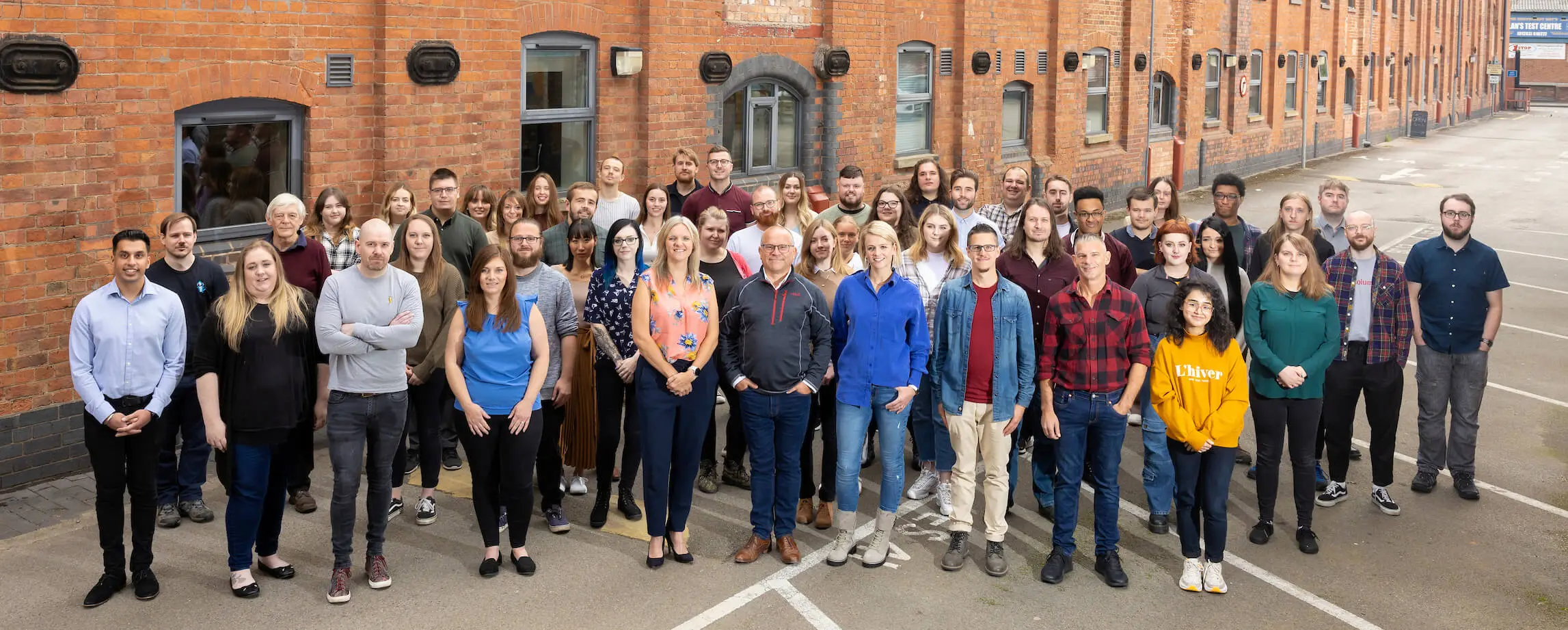

Artificial intelligence refers to the ability of a machine or computer program to think and learn like humans. This technology has become an important part of many different industries today; from healthcare to finance and more, AI applications help with innovations and efficiencies. In the competitive business world of today, 90% of businesses support the use of AI to gain a competitive edge, showing how welcomed AI use is.
Understanding the basics of applied AI, a subset of artificial intelligence that brings it out of the lab and into the real world, is crucial for anyone looking to harness its power effectively. This article delves into the basic ideas and methods of applied AI, helping you understand how it can be used in real situations.
Core Concepts of Applied AI
Applied AI is about using techniques of artificial intelligence to handle and fix problems in the actual world. This type of AI needs a strong knowledge base in different algorithms and methods that can be custom-made for specific uses. In this regard, the nearest neighbor search forms the basis for many practical applications like classification, recommendation systems, and pattern recognition. In essence, the nearest neighbor search is a technique that finds the data point in a dataset that resembles the query point most, according to a given distance metric.
For instance, recommendation systems use this technique to find similar items or users for personalized suggestions. This approach holds importance in many AI applications because it shows how theoretical concepts can turn into useful tools.
Key Techniques in Applied AI
Applied AI utilizes various techniques that collaborate to be effective. Machine learning plays a central role, enabling systems to adapt by learning from data. There are two forms of machine learning: supervised and unsupervised. The first one leverages learning models from labeled data, while the latter helps in finding patterns within unlabeled information.
Another important technique is natural language processing (NLP), which helps AI to understand and create human language. The uses of NLP are found in applications such as chatbots and sentiment analysis. Deep learning, a part of machine learning, uses neural networks for handling big data sets and making predictions or classifications with great precision. In total, all these methods help AI systems to do many different things like recognizing images or translating languages.
Applications of AI Across Industries
AI’s influence stretches over many fields, pushing forward inventiveness and effectiveness. AI technology has proven its usefulness in healthcare settings by forecasting examination results, early disease identification, and developing customized cure strategies.
In the finance area, AI algorithms are used in fraud detection, risk management, and automated trading. These applications improve security and optimize investment strategies. Also, AI helps in retail businesses manage inventory, predict demand, and personalize marketing strategies. Retailers can use AI to understand customer actions and likes, improving satisfaction for customers and effectiveness in operations.
In manufacturing industries, artificial intelligence is useful in aspects regarding forecasting maintenance needs and controlling quality, which reduces downtime while increasing product excellence. These illustrations demonstrate that AI can be utilized to address different problems and opportunities in a range of areas.
Future Directions and Challenges
Even though the opportunities with applied AI are massive, there are a few hurdles that need to be overcome for full advantage; one of them is using AI ethically. Making sure that AI systems are fair, clear, and liable is very important for gaining the trust of the public and avoiding any biases that can result in discriminative results.
Another difficulty is the requirement for large quantities of good data to train AI models. We must handle concerns regarding data privacy and protection delicately, particularly when it comes to safeguarding sensitive information. Stepping up with this, the spearheaded progress of AI demands ongoing learning and adjustment from both organizations and individuals so as not to fall behind in competitiveness.
The future of AI is full of thrilling opportunities, like more developed collaboration between AI and humans, greater automation, and improved decision-making abilities. But to make this potential come true, we need to deal with these difficulties using careful regulation, teamwork from different fields, and continuous research.
Final Thoughts
The use of artificial intelligence, in the form of applied AI techniques, is changing how we solve problems in different industries. By understanding main concepts like nearest neighbor search and using important methods such as machine learning and natural language processing, we can build powerful AI applications that promote innovation and productivity.
Granted, there are still difficulties to overcome, but with continuous progress in AI technology, soon we will have a future where AI not only improves our abilities but also creates new opportunities for development and betterment. If we accept these improvements and handle the difficulties they bring, AI can be completely used to transform our everyday lives and industries for the better.

Technology
25 March 2025
Ransomware-As-A-Service Variants on the Rise With Critical Infrastructure Providers at the Greatest Risk

Business Advice
25 March 2025
Claims Processing Automation: How Insurers Can Cut Costs and Improve CX

Technology
18 March 2025
Secret Signs Your Internet Security Has Been Compromised






















